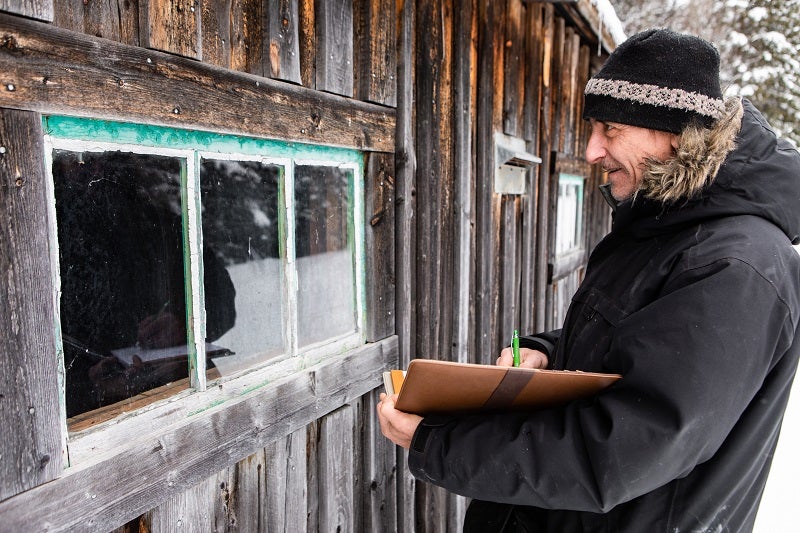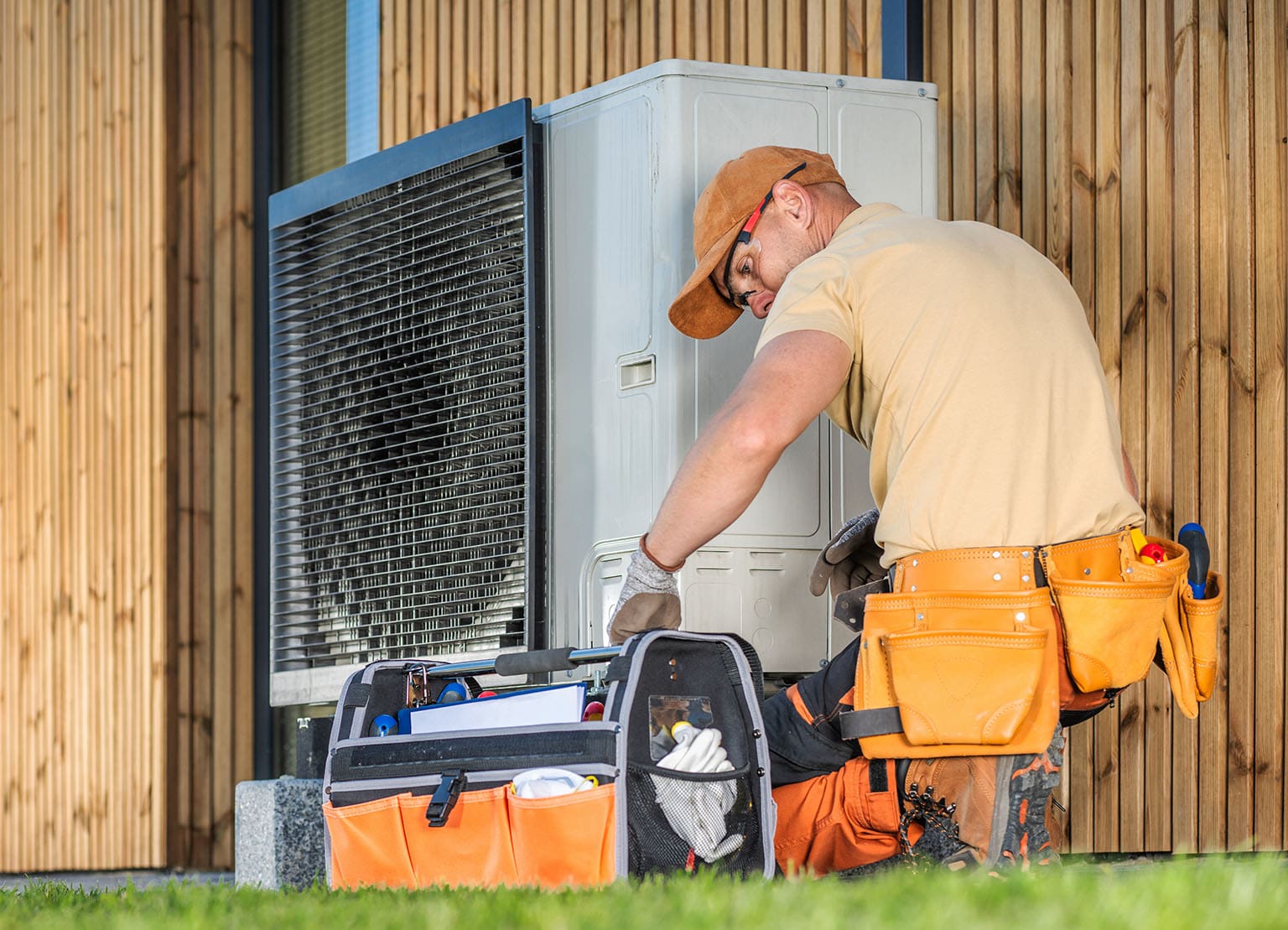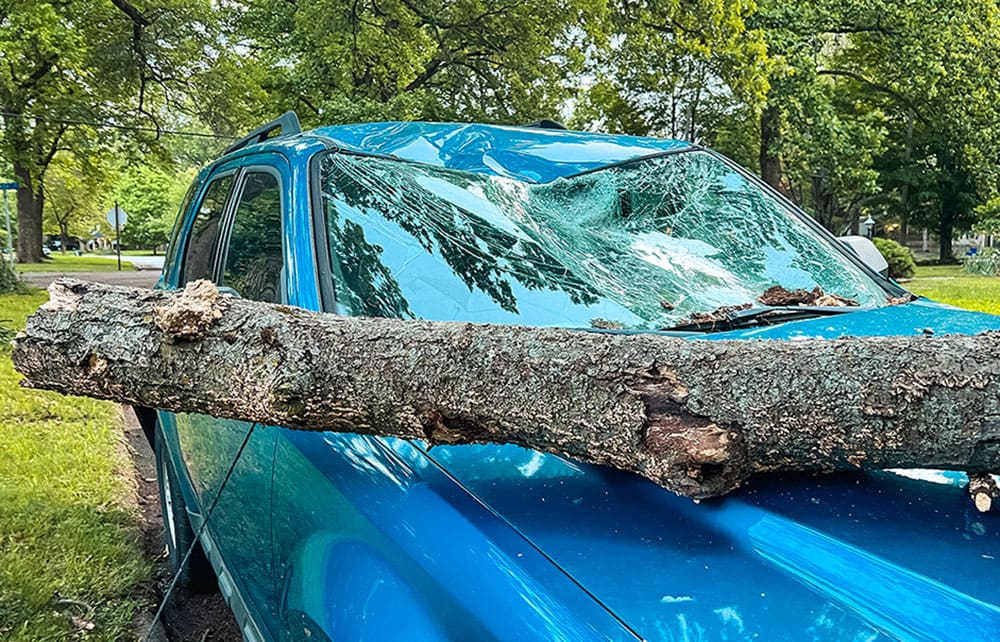It’s no secret that property insurance rates have continued to rise in all parts of the country. And it’s not surprising to see, given the atypical weather events that led to record breaking losses over 2021. Paired with supply chain bottlenecks and high inflation, the commercial property insurance market is now more strained than it has been in a long time.
January 2021 through September 2021 saw 18 weather related disasters exceed $1 billion in damages, which is a record high for a single year. And in just the first half of 2021, the insurance industry recorded $42 billion in losses (a ten-year high). Because of this, in Q4 2021, global commercial insurance rates jumped by thirteen percent, making it the seventeenth consecutive quarter of increases. Buildings only get older with each passing year. At the end of 2021, the average age of a commercial building in the U.S. was about 53 years. As of 2019, the average age of a home in the U.S. was 39 years.
When aging buildings haven’t been properly maintained, they lose their structural integrity and become riskier to insure. Over time, a building’s concrete, roofing, HVAC systems, electrical, and plumbing begin to deteriorate. Deterioration means that structures become less likely to survive intact should they be in the path of a natural disaster.
With extreme weather events becoming the new normal and many buildings aging throughout the U.S., this has the potential to further strain the property and casualty market. Determining the replacement cost of buildings has always been a challenge, and this reality rings truer for older buildings. With the price of raw materials going up due to supply chain constraints, property owners can expect replacement costs to be a lot higher than a few years ago.
Though higher replacement values mean higher premiums, property owners need to be particularly wary of being underinsured in the face of worsening natural disasters. Understanding market conditions can help you take proactive steps to ensure that you’re well equipped to face unexpected catastrophes.
For example:
Regularly schedule inspections and maintenance on buildings and plan for repairs. Think ahead and budget for coverage in light of increasing costs. Regular communication with your advisor is key to ensuring you’re doing all you can to appropriately manage your risk and financially protect yourself with insurance coverage that matches your specific needs.
Let’s find solution to weather the storm.
For more information
We’re ready to help when you are. Get in touch and one of our experienced Baldwin advisors will reach out to have a conversation about your business or individual needs and goals, then make a plan to map your path to the possible.
This document is intended for general information purposes only and should not be construed as advice or opinions on any specific facts or circumstances. The content of this document is made available on an “as is” basis, without warranty of any kind. The Baldwin Insurance Group Holdings, LLC (“The Baldwin Group”), its affiliates, and subsidiaries do not guarantee that this information is, or can be relied on for, compliance with any law or regulation, assurance against preventable losses, or freedom from legal liability. This publication is not intended to be legal, underwriting, or any other type of professional advice. The Baldwin Group does not guarantee any particular outcome and makes no commitment to update any information herein or remove any items that are no longer accurate or complete. Furthermore, The Baldwin Group does not assume any liability to any person or organization for loss or damage caused by or resulting from any reliance placed on that content. Persons requiring advice should always consult an independent adviser.






